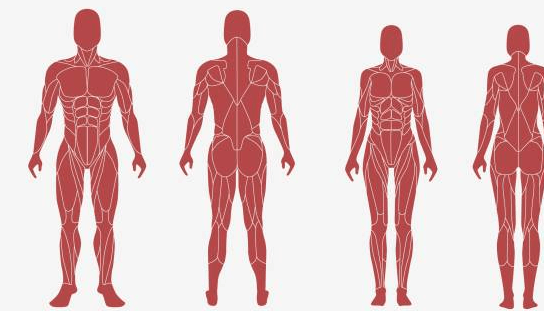Female:4hdscqmllb8= Human Anatomy

The intricacies of female human anatomy present a complex interplay of structures and functions essential for reproduction and overall health. Key components such as the ovaries, Female:4hdscqmllb8= Human Anatomyuterus, and hormonal systems work in concert, influencing not only fertility but also broader physiological and emotional well-being. Understanding these elements is crucial for addressing health concerns and empowering women. However, the nuances of hormonal regulation and its impact on various life stages reveal a deeper layer of complexity that warrants further exploration. What implications might these insights have for contemporary health practices?
Overview of Female Anatomy
What are the key components that define female anatomy?
Read also Female:0als0qpi0-K= Business Headshots
The female anatomy is characterized by a complex system of reproductive and hormonal structures, including the ovaries, fallopian tubes, uterus, and vagina,Female:4hdscqmllb8= Human Anatomy each playing a vital role in reproduction and overall health.
Additionally, breast structure and a robust pelvic floor contribute to the functionality and support of these systems, enhancing women’s well-being and autonomy.
Key Reproductive Structures
The key reproductive structures in female anatomy include the ovaries, Female:4hdscqmllb8= Human Anatomyfallopian tubes, uterus, and vagina, each serving distinct yet interrelated functions essential for reproduction and hormonal regulation.
Ovarian function is critical for producing ova and hormones, while uterine anatomy provides the environment for implantation and fetal development.
Together, these structures facilitate the complex processes of fertility and childbirth.

Hormonal Regulation and Cycles
Hormonal regulation in female anatomy involves a complex interplay of various hormones that orchestrate the menstrual cycle,Female:4hdscqmllb8= Human Anatomy ovulation, and reproductive health.
Hormonal fluctuations throughout the menstrual phases—namely the follicular, ovulatory, and luteal phases—are essential for fertility and overall well-being.
Read also Female:0als0qpi0-K= Professional Headshot
These fluctuations impact physiological changes, emotional states, and reproductive outcomes, highlighting the intricate balance necessary for optimal female health.
Conclusion
In summary, the intricate interplay of female anatomy reveals a remarkable system that fosters fertility and nurtures life.
Essential structures, such as the ovaries and uterus, harmonize through hormonal rhythms, guiding the menstrual cycle with grace.
Understanding these vital components enhances awareness of women’s well-being and reproductive health.
Ultimately, the profound connection between anatomy and autonomy underscores the significance of education in empowering women to embrace their bodies and make informed health decisions.







